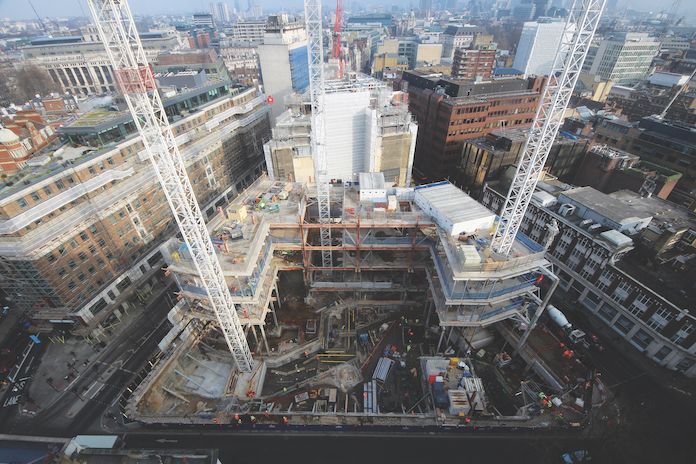The thorny problem of achieving Practical Completion in construction
Are we there yet?

When is a new building finished and who decides? A common area of dispute between employers and contractors is agreeing when a building is completed, in order that retention money can finally be released. For a contractor to be awarded the Certificate of Practical Completion for a construction project, it would be sensible to assume that the building is fit for its intended purpose and the client can occupy the site. However there is no industry wide standard for this and no precise legal definition of the term. This can lead to disputes between contractors and employers which need to be sorted out professionally. There are inevitably going to be problems during construction which can delay achieving practical completion.
The importance of the Defects Liability Clause
A common problem is not completing building by the agreed date, so it is important to plan for this possibility. The Defects Liability Clause in a contract means that the contractor is able to access the site to complete any work, fix problems and defects in the building, usually within an agreed time scale of 6 months to two years. If there is no DLC clause, the employer may employ a third party company to do the final part of the job and charge the original contractor for this. The devil is in the detail, as they say.
Professional ‘Snaggers’
Snagging is a slang term which describes the process of checking building works before they finish and compiling a list of works to be done. It is a crucial process in construction that ensures that a new building meets the required quality standards and specifications. But what if the defects are hidden and therefore not apparent until the building is in use? This is another grey area, as anyone who has bought a brand new home and discovered ‘bodged’ work may have experienced. The standard of residential construction in the UK can be described as variable, and this has led to the rise of professional ‘snaggers’ who can identify and remedy defects, if the original contractors are unable or unwilling to do so. The Federation of master Builders (FMB) have been calling for a proper certification process for UK construction firms. Chief Executive Brian Berry stated ‘Unlike the gas and electrical trades, anyone can call themselves a builder. There’s a total absence of checks and balances.’
Unfinished buildings from history
One notorious, unfinished building is Antoni Gaudi’s masterpiece La Sagrada Familia in Barcelona, which was started in 1882 and still isn’t finished! Work on the Roman Catholic mega -cathedral was disrupted many times, including during the Spanish Civil War in the 1930s. But two World Wars and the death of Gaudi, didn’t stop the project. The cathedral’s towers- there are 18 of them- are expected to be completed by 2026 and Final Completion should be achieved by 2032, 150 years after it was begun. Another infamous example is the National Monument of Scotland on Calton Hill in Edinburgh. Intended as a recreation of the Parthenon in Greece to honour Scotsmen who died in the Napoleonic Wars, the building project was abandoned due to lack of funds in 1826 and only 12 classical columns were built, creating an eerie, unfinished monument, locally known as Scotland’s Shame. Economic factors are still the most common reason why buildings do not reach practical completion in the agreed timescale.
Get it sorted
A contractor who believes they have achieved practical completion but finds the certificate is being withheld unfairly, can refer the dispute to an adjudicator to decide the matter. Veritas Surveying Manchester provide a high quality and efficient service and are specialists in advising on construction disputes. Practical completion is also known as substantial completion, which is perhaps a more accurate term since it implies the project is mostly finished and the client can safely occupy the site, but there may be minor outstanding items to complete. From smaller scale projects in the tens of thousands to multi-million pound constructions, there are many issues affecting construction completion, but all the interested parties want to know ‘Are we there yet?




